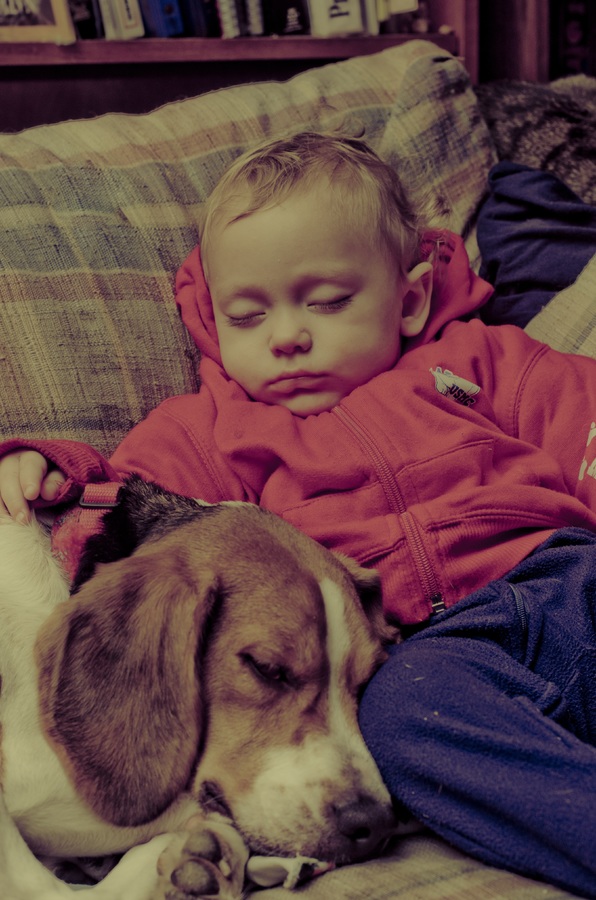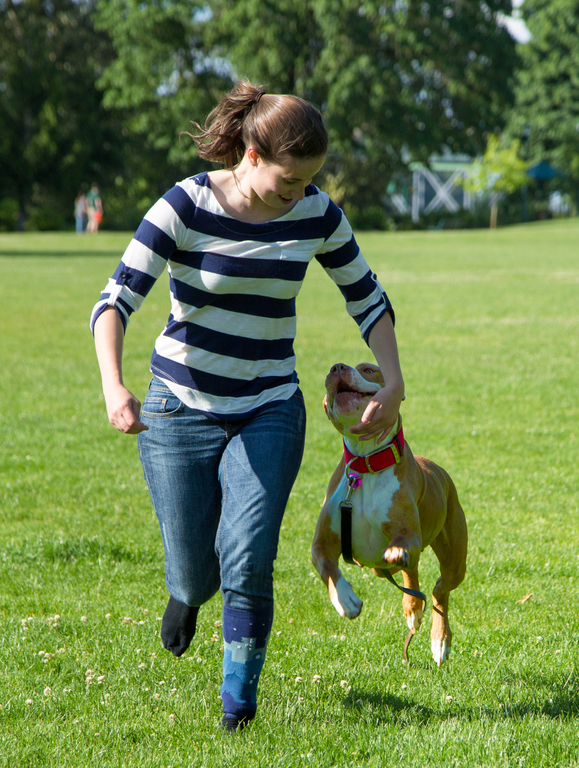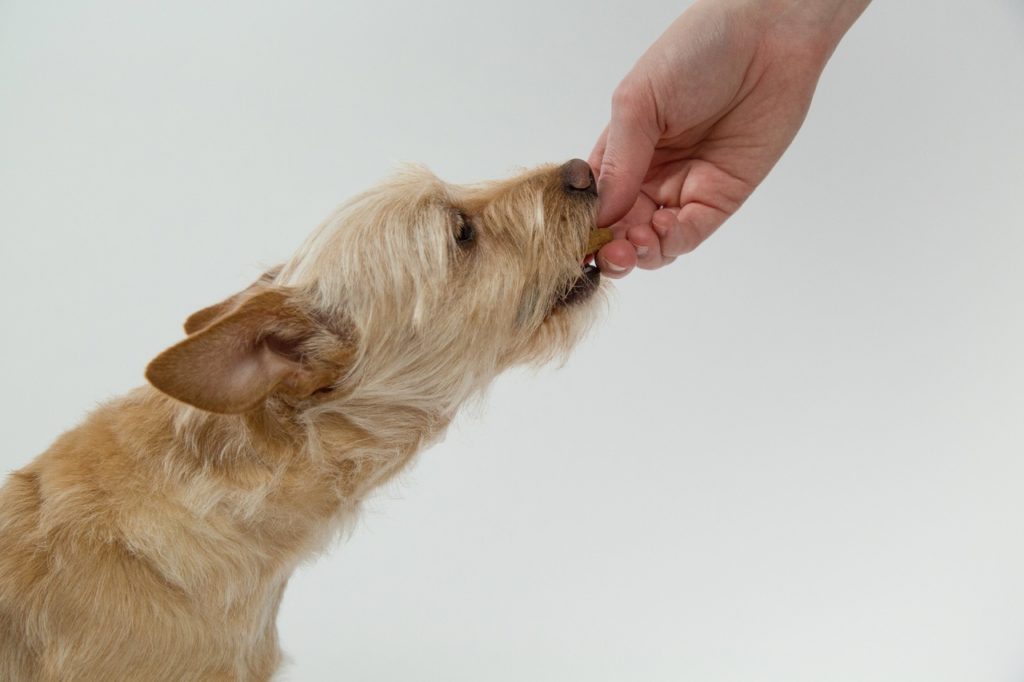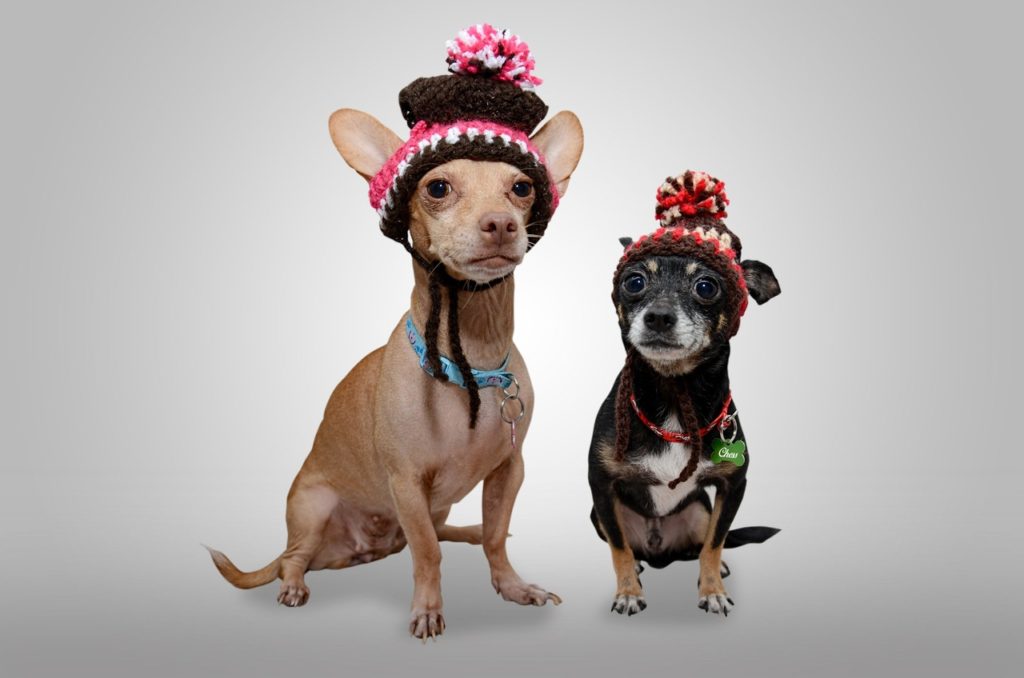Imagine navigating a dense forest shrouded in darkness, relying solely on your instincts and senses to find your way. Just like in that forest, caring for a blind or visually impaired dog requires patience, understanding, and specialized care.
As you embark on this journey with your furry companion, discovering the six key strategies to ensure their well-being and happiness will be vital. These strategies will not only enhance your bond but also empower you to provide the support your dog needs to thrive in their world of darkness.
Key Takeaways
- Maintain a consistent environment and routine for your blind dog's comfort and safety.
- Use scents, sounds, and verbal cues to communicate effectively with your visually impaired dog.
- Ensure a safe home and outdoor environment by removing hazards and using aids like textured mats.
- Monitor interactions with other pets closely, provide safe spaces, and supervise introductions for a blind dog.
Recognizing Signs of Blindness
If you observe cloudy eyes, abnormal pupil dilation, or eye swelling in your dog, they may be showing signs of blindness. Pay attention to any behavioral changes like increased bumping into objects, anxiety in new environments, decreased interest in activities, or avoidance of stairs and furniture. These signs can indicate that your furry companion is experiencing vision impairment.
It's essential to consult with a veterinarian for a proper diagnosis and guidance on how to best support your blind dog. Understanding these signs early on can help you provide the necessary care and adjustments to ensure your dog's safety and well-being in their new visual reality.
Creating a Safe Environment
To ensure the well-being of your blind or visually impaired dog, establishing a safe and predictable environment is crucial. Here are some tips to help you create a secure space for your furry friend:
- Maintain a consistent floor plan: Your dog relies on familiarity to navigate confidently.
- Use textured markers: These can help your dog identify important locations like food and water bowls.
- Ensure well-lit areas: Proper lighting can prevent accidents, especially around stairs and obstacles.
- Puppy-proof your home: Remove potential hazards and create a safe environment for your blind dog to explore and thrive.
Effective Communication Strategies
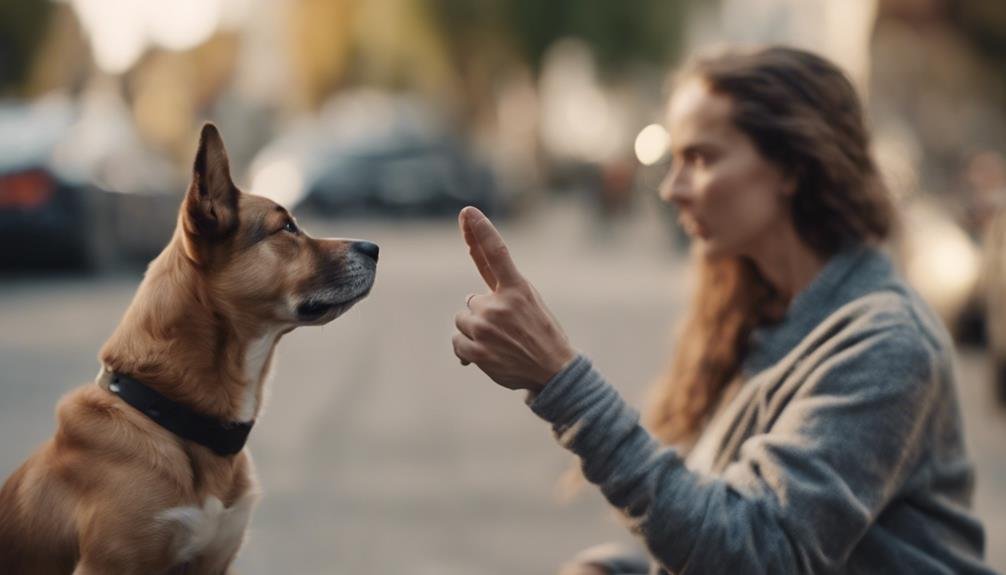
When caring for a blind or visually impaired dog, effective communication strategies play a crucial role in helping your furry companion navigate their surroundings with confidence and ease. Utilize scents, voice, and sounds to aid your dog in moving around safely. Developing verbal cues for different situations and teaching left and right commands can assist in obstacle navigation. Comforting and soothing your dog with your voice establishes a strong communication bond. Check out the table below for some practical communication strategies:
| Communication Strategies | Description | Example |
|---|---|---|
| Verbal Cues | Teach specific commands for actions or directions | Saying "step up" for curbs |
| Sound Markers | Use unique sounds to indicate important locations | Using a clicker for the door |
| Scent Recognition | Introduce scents to help your dog identify areas | Using lavender near their bed |
Ensuring Safety and Protection
Implementing safety measures is crucial for safeguarding your blind or visually impaired dog. To ensure your furry companion's well-being, consider the following tips:
- Stick to familiar walking routes and use a blind dog harness for added security.
- Remove hazards in the yard, monitor your dog closely, and practice good recall with verbal cues.
- Implement safety measures at home by puppy-proofing the environment and maintaining a consistent floor plan.
- Create a safe and predictable environment with textured mats, well-lit stairways, and clear boundaries to protect your blind dog from potential dangers.
Managing Interactions With Other Pets
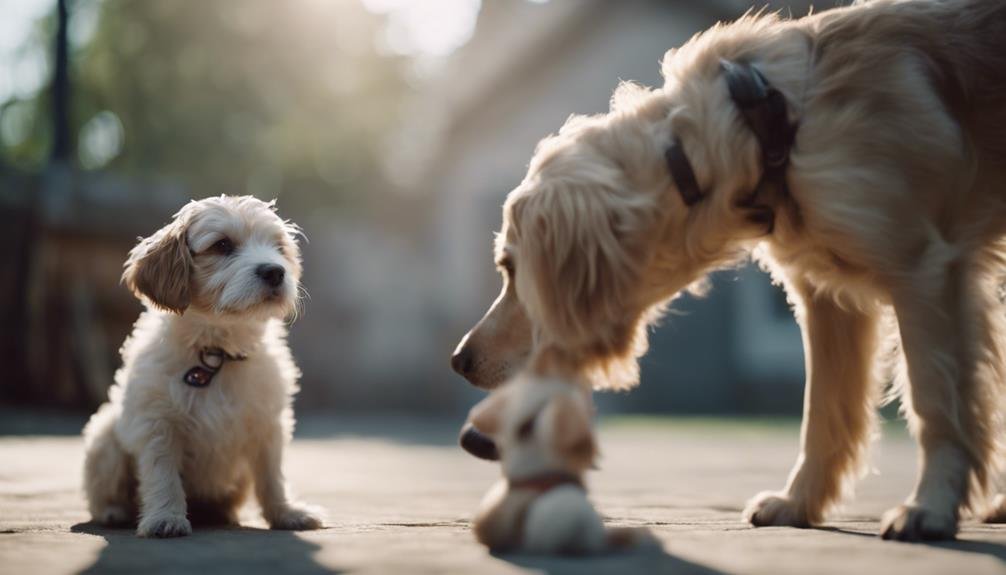
For your blind or visually impaired dog, managing interactions with other pets is crucial for their safety and well-being. Ensuring a safe environment where your dog can interact with other animals is essential. Here are some tips to help you navigate these interactions effectively:
| Interaction Management Tips |
|---|
| Supervise closely |
| Use scents for recognition |
| Create safe retreat spaces |
| Structured introductions |
| Monitor body language |
Veterinary Care and Enrichment Opportunities
Maintaining your blind or visually impaired dog's well-being involves regular veterinary check-ups and providing enriching opportunities for their overall health and happiness. Ensuring your furry friend receives proper care and stimulation is crucial. Here are some ways to enhance their well-being:
- Regular Veterinary Check-ups: Schedule routine visits to monitor your dog's health and address any medical concerns promptly.
- Scent-Based Enrichment: Engage your dog in scent-based games to stimulate their senses and mental agility.
- Creative Training Methods: Implement innovative training techniques to keep your dog mentally active and engaged.
- Verbal Cues for Behaviors: Use consistent verbal cues to communicate with your blind dog effectively and strengthen your bond.
Conclusion
In conclusion, by recognizing signs of blindness, creating a safe environment, using effective communication strategies, ensuring safety, managing interactions with other pets, and prioritizing veterinary care and enrichment opportunities, you can provide the best care for your blind or visually impaired dog.
With your love and support, your furry friend can thrive and lead a happy and fulfilling life despite their visual limitations. Keep up the great work in caring for your beloved pet!

